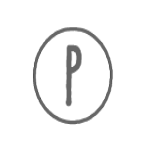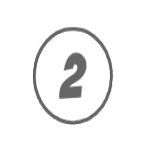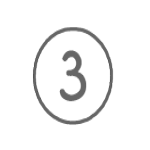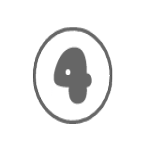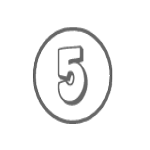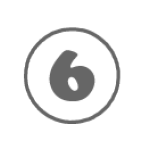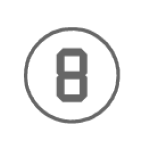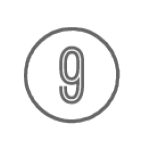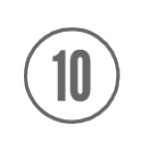What does assessment look like in a classroom?
There are many strategies teachers use to assess students. Some examples of assessments can be found below.
Visual representations
The demonstration of learning through maps, tables, graphs, diagrams, posters, brochures, photographs and other digital media (e.g. slides, animations, blogs).
Conferences
Discussions or interviews with students that are conducted either face-to-face or via audio and video recordings.
Field-work and practical (authentic) tasks
The demonstration of learning through activities, such as virtual and actual fieldwork; community service programs, such as fundraising; creating models; and product design and development.
Written work
This includes short and extended written tasks. These may take the form of short responses, such as worksheets and sentence or paragraph answers. Longer responses may include essays, information reports or imaginative texts, such as narratives and journal entries. Students may also conduct inquiry tasks in which they must develop questions; gather, analyse and evaluate information; communicate on findings and reflect upon conclusions.
Observation
Ongoing and first-hand observations of student learning, documented by the teacher (can be conducted both informally and formally).
Portfolios
A formal collection of student work, often with a reflective and planning element that is used to ‘showcase’ a student’s learning progress and achievements.
Videos or audio recordings
The recording of student achievement in physical and verbal activities such as role-plays, performances, speeches, play-based learning or debates.
Performances or oral presentations
The demonstration of learning through practical performance, role-play, speeches, simulations, debates and structured discussions.
Graphic organisers
The demonstration of learning through making connections, showing relationships and concept mapping of student knowledge.
Tests and quizzes
These may include verbal questioning, multiple choice, short-answer responses or open-ended questions that require longer, sustained written responses.
Group activities
Cooperative activities that provide opportunities for individual and peer-learning. During group work, teachers may stop at key points to check individual student understanding.
Assessing against the Achievement standards
Teachers are required to use the Achievement standards to assess student progress.
The Achievement standards describe an expected level that the majority of students are achieving or working toward by the end of that year of schooling. Some students will have progressed beyond the Achievement standard, others will need additional support. The expected standard for each year is described as ‘C’ or ‘Satisfactory’.
The Achievement standard for each year level can be found as part of the syllabus for each learning area.


